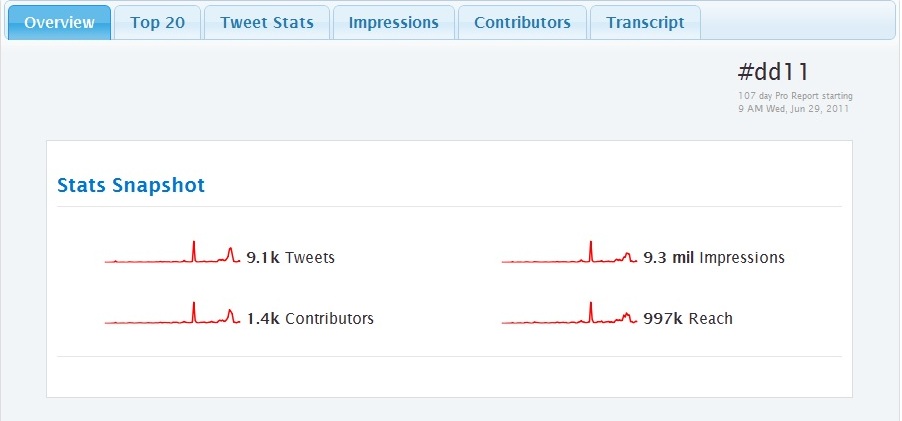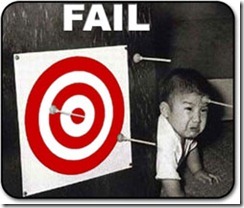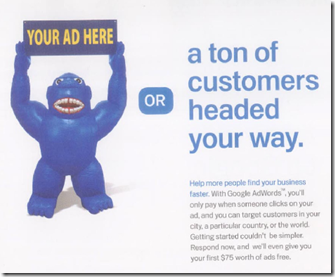First, it’s been way too long since I’ve blogged. For those who care, I apologize. I’ve been very busy in my new role with a great company, 3 Birds Marketing, and I’m very grateful that they invited me to join their team.
We all know that reputation management is mandatory in today’s digital world. Consumers have increasingly more information at their fingertips and there are more choices than ever out there. With auto brands barraging consumers with marketing, consumers are continuously relying on reviews to help make buying decisions. Studies show that consumers have more confidence in reviews left by other consumers than any other type. Everyone knows the importance of building and maintaining a solid, balanced reputation across all the review sites.
When can reviews actually stop the buying process?
I’m NOT talking about someone choosing WHO to buy from necessarily. Part of the problem is that consumers are so overwhelmed by reviews about your PRODUCT that not only is it essential to maintain a great reputation as a DEALER but to also pay attention to reviews about your brand and models.
Here’s an illustration I found that details pretty accurately what can happen:
Has this ever been you?
How do you prevent consumers from progressing past panel #1 in that comic?
Imagine this scenario… A customer comes into your dealership. They find a car they like. They go online on their phone to see if they want to do business with YOU. While reading your dealership’s reviews, they also come across product reviews from consumers saying positive things not only about YOU but also about the car they are trying to decide upon. After deciding they are comfortable with you, it’s possible that a consumer wouldn’t then feel the need to progress to product reviews on other sites and it could help avoid the progression illustrated in the comic.
In addition to not only building a solid reputation online across ALL review sites (not just focusing on a single site or two), why not also encourage your customers to say great things about your BRANDS and models?
There’s no reason why you can’t ask your customers to write a review about the car they purchase from you. Not only does this add to your reputation but it provides relevant and fresh content that could assist your dealership in not only appearing in name searches on Google but also brand and product searches.
There’s no reason why you can’t leverage consumer product and brand reviews on all of your review sites that can assist your dealership in gaining exposure that your competitor wouldn’t have.
If a consumer is trying to make a decision NOT on whether to do business with YOU but on whether to purchase your PRODUCT, a good mix of both types of reviews can certainly help prevent consumers from progressing to indecisiveness.








